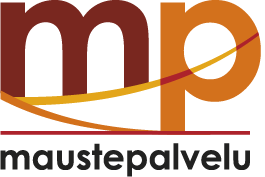
New trans-fat regulations
On 24 April 2019, the European Commission adopted a new Regulation with regards to trans fat.
Trans fats are a particular type of unsaturated fatty acids. In Regulation (EU) No 1169/2011 trans fat is defined as “fatty acids with at least one non-conjugated carbon-carbon double bond in the trans configuration.” Some trans fats are produced industrially. The primary dietary source of industrial trans fats is partially hydrogenated oils. Partially hydrogenated oils generally contain saturated and unsaturated fats, among them trans fats in variable proportions (with trans fats ranging from a few up to more than 50%) according to the production technology used. Trans fats can also be naturally present in food products derived from animals, such as dairy products or meat.
These are the main elements of the new regulation:
- A maximum limit of trans fat, other than trans fat naturally occurring in fat of animal origin, in food which is intended for the final consumer and food intended for supply to retail, of 2 grams per 100 grams of fat.
- Definitions of “fat” and of “trans fat” in line with the definitions in Annex I to Regulation (EU) No 1169/2011.
- An obligation for business to business transmission of information on the amount of trans fat in foods when it exceeds the limit of 2% of fat.
- Food which does not comply may continue to be placed on the market until 1 April 2021.



